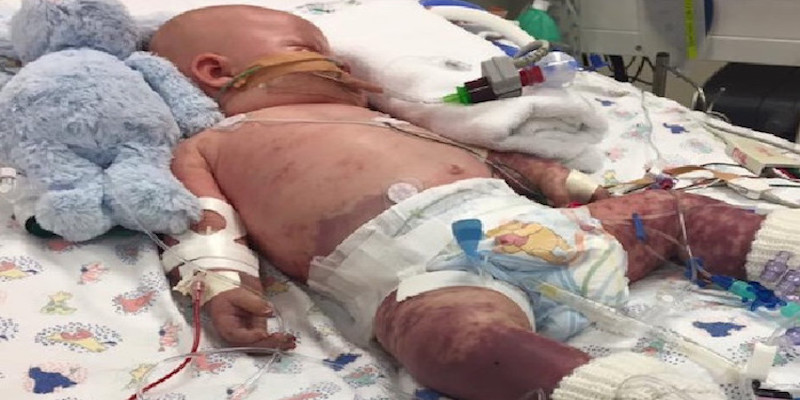- Study Says Most Parents Don’t Use Car Seats In Ride Share Vehicles Like Uber
- This 12-Year-Old Boy Is A Sophomore Aerospace Engineering Major!
- Fire Safety Experts Warn Of Hand Sanitizer Danger After A Mom and Kids Escape House Fire
- Recall Alert: Peaches May Be The Cause Of Salmonella Outbreak, 68 People Ill
- Summer Vacation In The Days Of COVID: Tips To Stay Safe
- How To Safely Grocery Shop During The Coronavirus Pandemic
- Michigan Teen With Vape-Related Illness Undergoes Double Lung Transplant
- Teen Kicks Off Anti-Vaping Campaign From Hospital Bed
- Teenager Receives Life Sentence For Strangling Sister To Death Over A Wi-Fi Password
- Toddler Falls To Death From 11th Deck of Cruise Ship
4 Year Old Contracts Meningococcal B Strain And Hospitalised


An invasive meningococcal B strain has seen a 4-year old boy hospitalised, says the South Australian Health Department.
The boy is reported to be in a serious condition. The Health Department has identified several people who have had contact with the boy and they are currently taking clearance antibiotics.
Invasive meningococcal B disease is the leading cause of life-threatening meningitis in the industrialised world. The disease develops rapidly, typically among healthy children and adolescents, and initial symptoms can often resemble the flu, making it difficult to diagnose.
Even with appropriate treatment, 1 in 10 people who contract the disease will die.
Who is at risk of contracting Meningococcal Disease?
Babies, children and adults are at risk– anywhere, at any time. Those most at risk are:
- Children up to the age of 5 years– this group accounts for two thirds of cases and this is due to their less mature immune system and tendency to put things in their mouth and share food, drink and toys)
- Teenagers and young adults from 15 to 24 years– mostly because of the socially interactive lifestyle this age group leads – which is more likely to involve intimate activities such as kissing and sharing drinks.
Winter and early spring are the higher risk times during the year, because the many viruses around can weaken the body’s natural immune system. There is also the risk of catching a virus first, followed a few days later by a meningococcal infection, making the illness harder to identify.
Meningococcal disease is a medical emergency and it can kill within hours, so early diagnosis and treatment is important. Do not wait for the purple rash to appear – that is a critical stage of the disease.
There are two different sets of symptoms, depending on whether it takes the form of meningitis or septicaemia (blood poisoning). A high fever is usually one of the symptoms.
Symptoms in young children may include irritability, difficulty walking or lethargy, refusal to eat, a high pitched cry, and a bulging fontanelle (soft spot on the top of the head).
– fever (which may not go down with medication)
– nausea or vomiting
– lack of energy
– tiredness or drowsiness
– confusion or disorientation
– a rash ( which may start off as a spot, scratch mark or blister, as a faint pink rash or as red or purple pinpricks on the skin, then develop into the distinctive purple bruising)
Get urgent medical advice from your doctor or hospital if you are in any way concerned that you or your child is presenting symptoms consistent with meningococcal disease.









0 comments